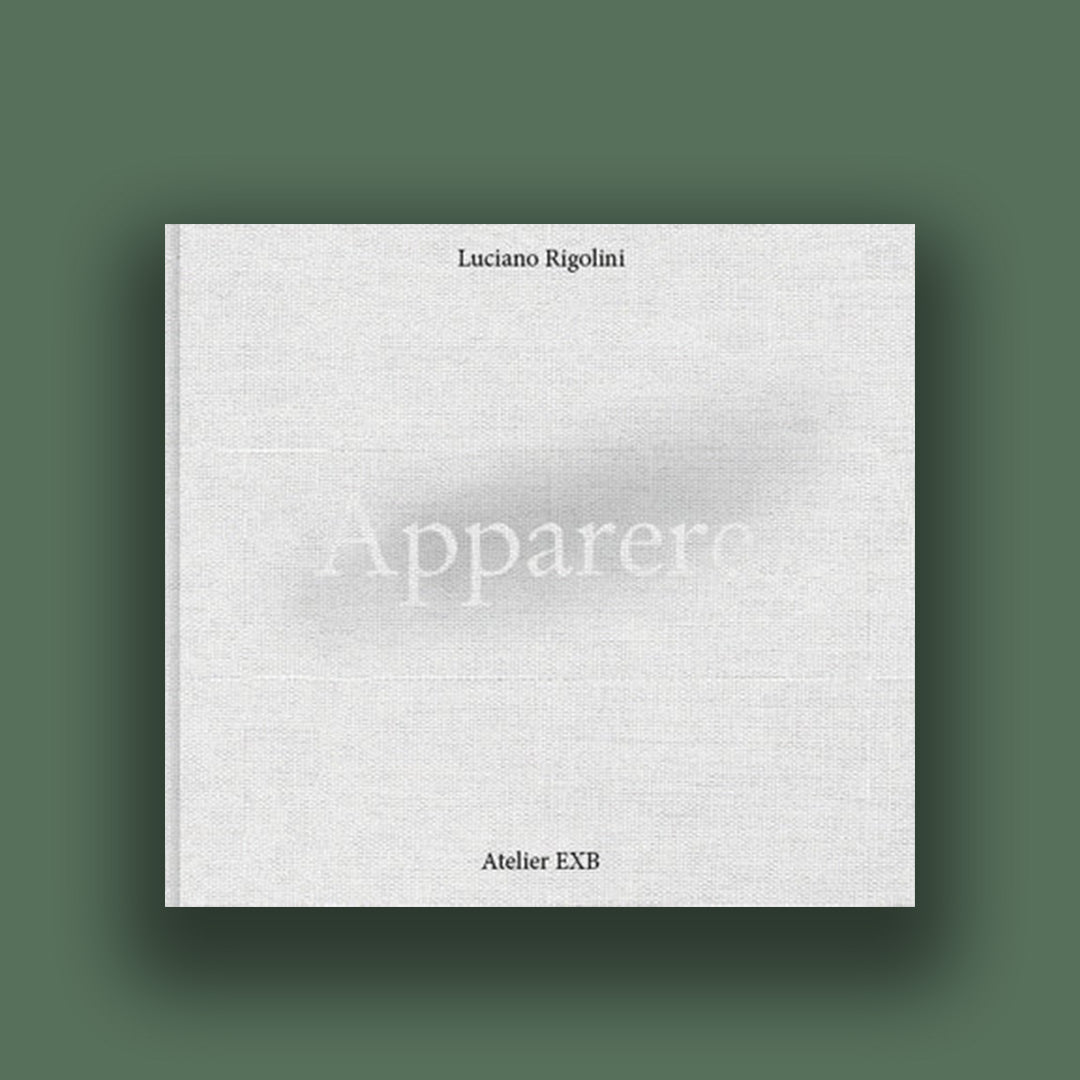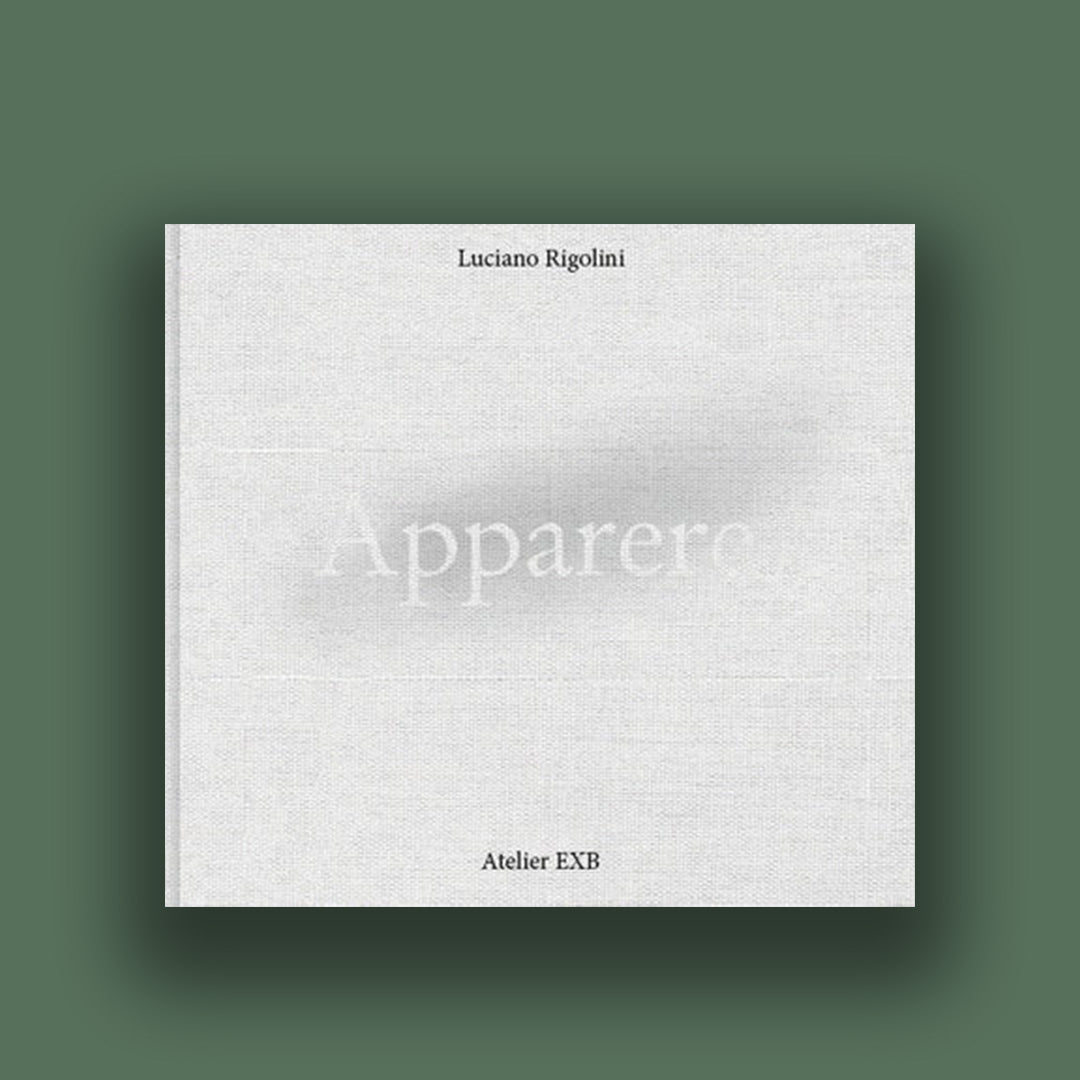Appears
Appears
Multidisciplinary artist, Luciano Rigolini explores the nature of the image
photographic, namely its ambiguity in its relationship to reality.
His works, which take multiple forms, notably through the
film support, question the status of the image and its process of
creation. For several years, Rigolini has stopped
take pictures, preferring to get those from anonymous photographers.
approach is conceptual: the act of appropriation and reworking on
anonymous documents without value give them another value. Juxtaposed for
create a personal narrative, and therefore an artistic point of view,
photographs then reveal an original creative approach. The references to
20th century avant-gardes, notably the Bauhaus and New Objectivity,
are not far away; they place Rigolini's productions in a dimension
both conceptual and poetic. The manipulations he makes the
images emphasize their pictorial nature: each scratch, mark and
grain of dust, as well as the different color tones affirm
their materiality. Since always, and this from the first experiments carried out
by the pioneers – from Hippolyte Bayard to Nicéphore Niépce, including Henry
Fox Talbot – photography
is related to technology. Today, the arrival of AI-generated images
shakes up the situation and questions the quality of the artist and the idea of
creation. This exploratory field of AI particularly interests Rigolini in
offering other possibilities to explore photography, its
truth and its nature. Entitled Apparere ("to appear" in Latin), this work
presents a visual corpus generated using intelligence algorithms
artificial. The images collected here are the result of very detailed indications
that the artist himself gave to an AI software. The dialogue that he establishes
with the machine blurs a little more the border between the photographic nature
and pictorial of the works he produces. This set evokes both the
experiments
formal avant-gardes and the aesthetics of photographic abstraction.
The eye tries to identify a shape, to recognize a landscape, to find
an allusion to the history of art. But here the artist unequivocally attests
that the photographic image is always and only a simulacrum of reality.
It is then up to the viewer to appreciate the dreamlike journey.
Share

